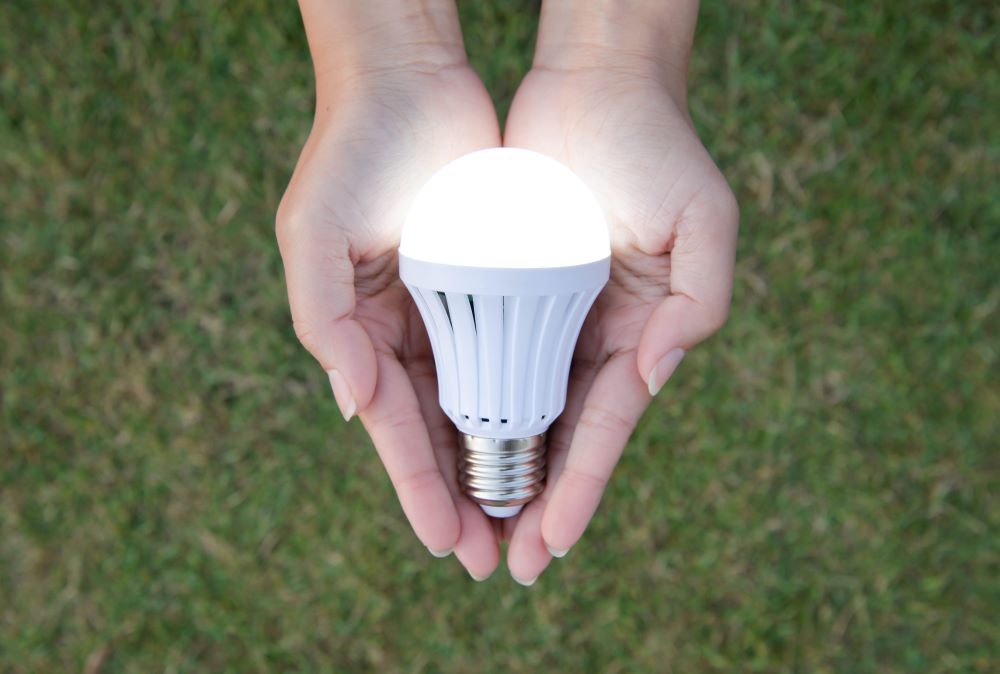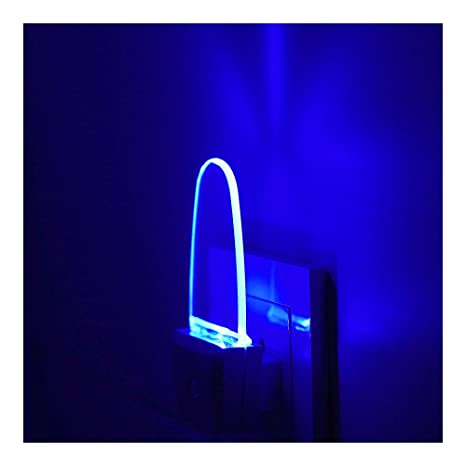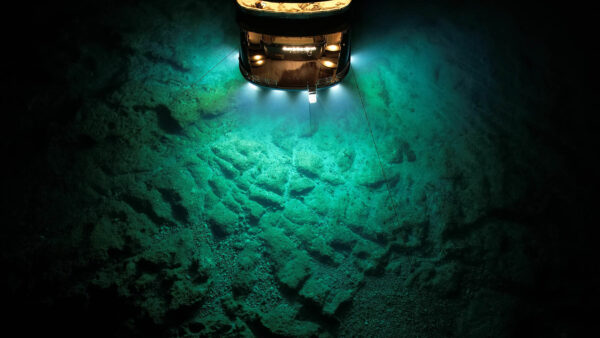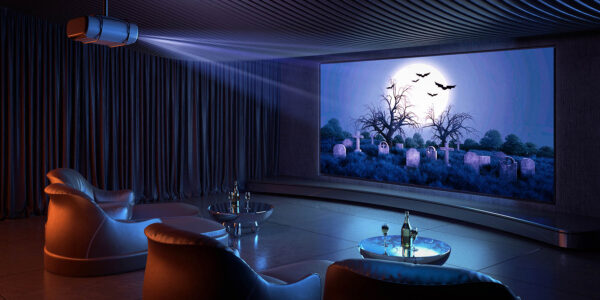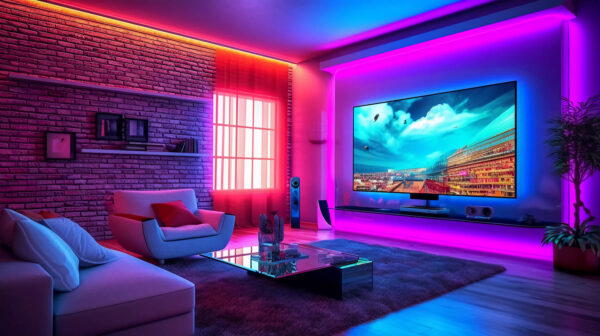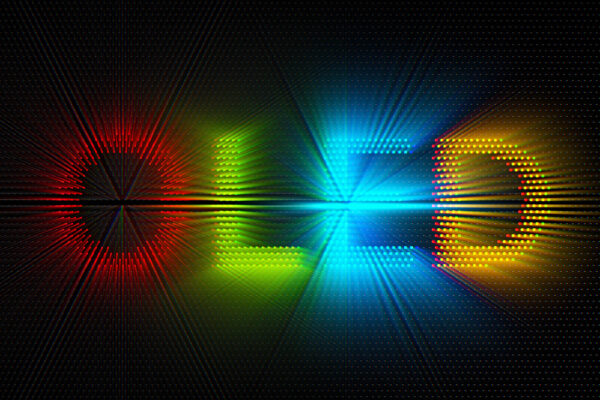Metal Halide vs. LED Lighting: Exploring the Differences and Similarities
When it comes to lighting options for various applications, both metal halide and LED lighting have been popular choices for decades. However, as technology advances and energy efficiency becomes a priority, LED lighting has gained significant traction. In this article, we will compare metal halide vs LED lighting, highlighting their differences and similarities, to help you make an informed decision when selecting the right lighting solution for your needs.
Technology and Operation
Metal Halide: Metal halide lamps use a combination of metal halides and mercury vapor to produce light. When an electric current passes through the lamp, the mercury vapor ignites and emits ultraviolet (UV) light. This UV light then interacts with the metal halides, creating visible light.
LED: Light Emitting Diodes (LEDs) are semiconductor devices that emit light when an electric current passes through them. LED lighting operates by converting electrical energy directly into light through a process called electroluminescence.
Energy Efficiency
LED: LED lighting is renowned for its energy efficiency. LEDs consume significantly less energy than metal halide lamps, resulting in lower electricity bills and reduced environmental impact. LEDs can save up to 75% or more energy compared to metal halide lighting.
Metal Halide: Metal halide lamps are less energy-efficient compared to LEDs. They require a significant amount of energy to produce light and also generate a substantial amount of heat. This inefficiency contributes to higher energy costs in the long run.
Lifespan and Maintenance
LED: LED lighting boasts an impressive lifespan, typically ranging from 50,000 to 100,000 hours or even more, depending on the quality of the LED. LEDs require minimal maintenance due to their long-lasting nature, reducing the hassle and cost of frequent lamp replacements.
Metal Halide: Metal halide lamps have a relatively shorter lifespan, typically ranging from 6,000 to 20,000 hours. This means more frequent bulb replacements, leading to increased maintenance costs and downtime.
Color Rendering
LED: LED lighting offers excellent color rendering capabilities. High-quality LEDs have a high Color Rendering Index (CRI), which means they accurately render colors and reveal details, making them suitable for applications where color accuracy is important, such as retail stores and art galleries.
Metal Halide: Metal halide lamps also have good color rendering properties. They generally have a high CRI, enabling accurate color representation. However, over time, the color rendering ability of metal halide lamps tends to decrease, resulting in color shift and diminished performance.
Instant On/Off and Restrike Time
LED: LED lights offer instant illumination, turning on at full brightness immediately. They do not require any warm-up time or restrike time, making them suitable for applications that require instant lighting, such as stadiums and outdoor areas.
Metal Halide: Metal halide lamps require a warm-up time to reach full brightness, typically taking several minutes. In addition, in the event of a power outage, metal halide lamps need to cool down before they can be restarted, resulting in significant downtime.
Heat Generation
LED: LED lighting produces significantly less heat compared to metal halide lamps. LEDs have heat sinks that efficiently dissipate heat, reducing the risk of overheating and making them safer to handle.
Metal Halide: Metal halide lamps generate a substantial amount of heat during operation. This heat emission can be problematic in confined spaces and increases the load on cooling systems, contributing to higher energy consumption.
Environmental Impact
LED: LED lighting is environmentally friendly due to its energy efficiency and lack of hazardous materials. LEDs are mercury-free, unlike metal halide lamps, making them safer for the environment and easier to dispose of.
Metal Halide: Metal halide lamps contain mercury, a toxic substance that requires special handling and disposal procedures. Improper disposal of metal halide lamps can lead to environmental contamination.
Light Quality and Directionality
LED: LED lighting offers precise light directionality, allowing for focused illumination. LEDs can be designed with various beam angles to direct light exactly where it’s needed, reducing light spillage and improving efficiency.
Metal Halide: Metal halide lamps provide a wide dispersion of light, resulting in more light spillage and less control over light directionality. Additional reflectors or optics may be required to achieve desired lighting effects.
Start-Up Reliability
LED: LEDs are highly reliable and have instant start-up capabilities. They do not experience issues related to frequent on/off cycling and have a longer lifespan compared to metal halide lamps.
Metal Halide: Metal halide lamps can experience issues with frequent on/off cycling, which can reduce their lifespan and require additional time to reach full brightness after restrike.
Metal Halide vs LED Lighting
While both metal halide vs LED lighting have their advantages and applications, LED lighting outshines metal halide in terms of energy efficiency, longer lifespan, instant on/off capabilities, environmental impact, and maintenance requirements. LED lighting provides better color rendering, precise light directionality, and generates less heat. Though metal halide lamps may still be suitable for certain applications, such as large outdoor areas or sports lighting, LED lighting has become the preferred choice for a wide range of applications due to its superior performance, energy efficiency, and long-term cost savings. When considering lighting options, it is essential to weigh the specific requirements of your space, energy efficiency goals, maintenance considerations, and budget to make an informed decision that aligns with your needs and promotes sustainability.
High intensity discharge metal halide (MH) lamps came into vogue in the 1960’s. For fifty years, they reigned as the lighting option of choice for outdoor sports venues, airports, and other large spaces that required intense lighting for full evening operations. Since the early 2000’s, new LED lighting technology has supplanted MH lamps for at least nine reasons. In the battle of Metal Halide vs LED, here are some reasons why LED lighting beats metal halide.
- LEDs are far more efficient than MH lamps. The illumination of large spaces consumes significant amounts of electrical energy. LED lamps generate the same or better illumination as MHs with less than half the energy input. In many cases, the upfront cost of an LED lighting array will be recovered in under two years from energy cost savings alone.
- LED fixtures are also far more durable and long-lasting than MH lamps. Many LED lamps with new heat sink technology will continue to provide at least 80% of their initial illumination levels after more than 50,000 hours, and in some cases more than 100,000 hours of operation. Over the same amount of time, MH lamps would need to be replaced at least five or six times. Accordingly, a location that switches to LED lamps will save substantial maintenance costs.
- LEDs can provide better overall source and system efficiency than MH systems, with less LED light being lost within a fixture itself. Larger lighting fixtures tend to lose a substantial portion of the light output in the fixtures in which they are installed. Newer LED fixtures have better lighting optics that spreads the light into areas where that light is needed with lower losses in the fixtures themselves.
- Newer generation LED lamps generate a better quality of light than MHs. LEDs can be selected or variably tuned to generate light in a range from warmer and softer to cooler and brighter. LEDs with higher color rendering index (CRI) ratings are better able to bring out colors and contrasts on objects and surfaces, which increases operating efficiency in work areas.
- LED lamps require virtually no warm up time to come to full illumination, unlike MH lamps which can take 20 minutes or more to come to full brightness.
- LEDs are safer because they operate at lower physical temperatures than MH lamps. An MH lamp that is scratched is prone to catastrophic failure, in which event the bulb itself could shatter, spreading around hot glass and components. LEDs have a relatively low physical operating temperature and are cool to the touch, thus substantially improving the safety of operating conditions.
- With better fixture optics and diffusers, LED light can be targeted more directly onto areas where the light is intended to reach, with less light spilling over into neighboring environments. This reduces light pollution in areas abutting the surfaces that are intended to be lit.
- MH bulbs include mercury vapor and care must be taken to dispose of them properly at the end of their operating lives. LEDs use no hazardous materials, thus reducing environmental burdens and the need for special waste handling applications.
- LEDS are more tolerant to environmental extremes of high and low temperatures and precipitation conditions. Although some LEDs will exhibit weakened performance in extremely high temperature environments, new heat sink technology has improved that performance significantly.
The comparison between metal halide and LED lighting reveals clear advantages of LED technology in terms of energy efficiency, lifespan, instant on/off capabilities, environmental impact, and maintenance requirements. LED lighting offers superior color rendering, precise light directionality, and generates less heat. While metal halide lamps may still have their applications in certain scenarios, the widespread adoption of LED lighting is transforming the industry.
LED lighting not only provides significant energy savings but also contributes to a greener and more sustainable future. The longer lifespan of LEDs reduces the frequency of bulb replacements, minimizing waste and maintenance costs. Additionally, the absence of toxic substances, such as mercury, in LED lights makes them safer for the environment and easier to dispose of properly.
By understanding the differences and similarities between metal halide and LED lighting, individuals and businesses can make informed decisions when selecting the most suitable lighting solution for their needs. Consider factors such as energy efficiency goals, desired light quality, maintenance requirements, and budget considerations to maximize the benefits of LED lighting technology.
As LED technology continues to evolve, it is expected to further improve in efficiency, performance, and affordability. Embracing LED lighting not only enhances the aesthetics and functionality of spaces but also aligns with our collective commitment towards sustainability and energy conservation.

